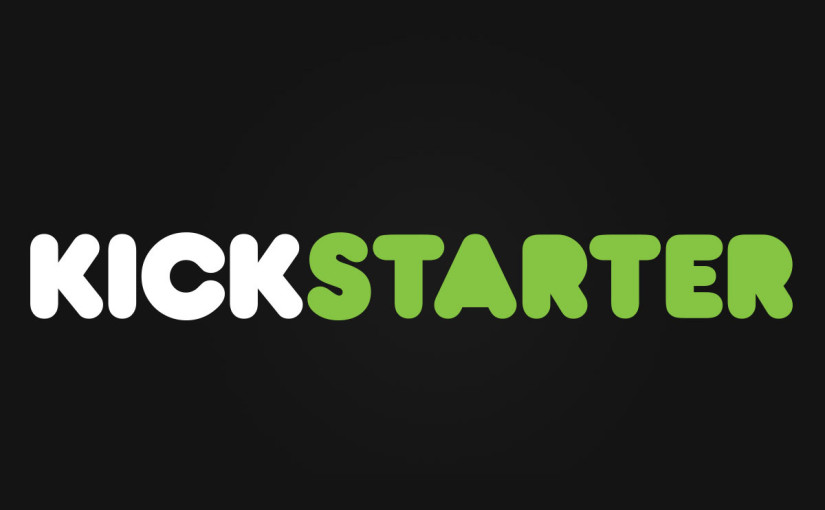
In the summer of 2016, Peak Design was hoping to raise $500,000 for a new line of backpacks when they began their Kickstarter campaign. (It was their 6th Kickstarter campaign.) Consumers were so excited about the new line of bags designed with photographers in mind (but also usable by the rest of us) that they invested over $6.3 million. Peak Design is now the 2nd most funded company on Kickstarter.
Kickstarter is one of many players in the crowdfunding industry, an industry that received $34 billion in investments in 2015. Many of the investment opportunities are for consumer products with names like Pebble Time (a smart watch) and Exploding Kittens (a card game). In some cases, crowdfunding backers are just pre-ordering a product, providing the necessary working capital needed to start production — without receiving company equity in return. Peak Design’s founder still owns 100% of his company, despite raising over $13 million through six Kickstarter campaigns.
Crowdfunding for equity investors
Equity investing via crowdfunding could become a disrupter as it begins to compete with early stage private equity investment firms for opportunities. Small investors may choose to divert funds from mutual funds to crowdfunding investment opportunities. That said, equity investing still represents a small percentage of the overall crowdfunding market and only about $2.5 Billion in 2015. (Massolution) The majority of crowdfunding dollars are used for donations, rewards and peer-to-peer lending.
Crowdfunding investors should be especially wary of the potential for fraud and identity theft. Since investors can be non-accredited, in some cases having a net worth of less than $100,000, they may not have the resources to perform due diligence. As with any investment, crowdfunding offerings require investors to supply personal information, including social security numbers and bank account details. Finally, these offerings can be performed without any human interaction. Investors read about the offering online, complete the forms and send their electronic signature and funding through a crowdfunding platform. If investors are not encrypting their emails or if the platform is not safeguarding their information, it can be exposed to cyber-hacking.
Investment managers should be prepared for client questions about crowdfunding investment opportunities. Crowdfunding opportunities are open to non-accredited investors with limitations. Investors with a net worth and annual income of at least $100,000 can invest the lower of 10% of their net worth or annual income. The investment maximum for the wealthiest investors is only $100,000, in aggregate, for all regulation crowdfunding offerings in a given twelve-month period. Some portals, including MicroVentures, allow unaccredited investors to participate. Many, including CircleUp, do not allow unaccredited investors to invest.
Crowdfunding for entrepreneurs
Can the average entrepreneur use crowdfunding to raise money? Sometimes. Companies can raise up to $1 million in a twelve-month period. Those companies seeking an investment of more than $1 million should research Regulation A+ which allows companies to raise up to $50 million in a twelve-month period.
Providing market validation
Beyond providing a simple way for entrepreneurs to raise capital, crowdfunding also serves another valuable purpose. Crowdfunding campaigns allow a company’s prospective customers to validate (or highlight weaknesses of) a product or business plan. If potential customers are willing to put their own dollars toward seeing a product become a reality, entrepreneurs know they’re onto something. If not, they’ve saved themselves from rushing into production with a product that the market isn’t interested in. This market-based feedback, with end user money to back it, is often more reliable than the opinions of a few venture capitalists or private equity investors.

April 19, 2024

April 12, 2024

April 05, 2024

March 29, 2024

March 21, 2024